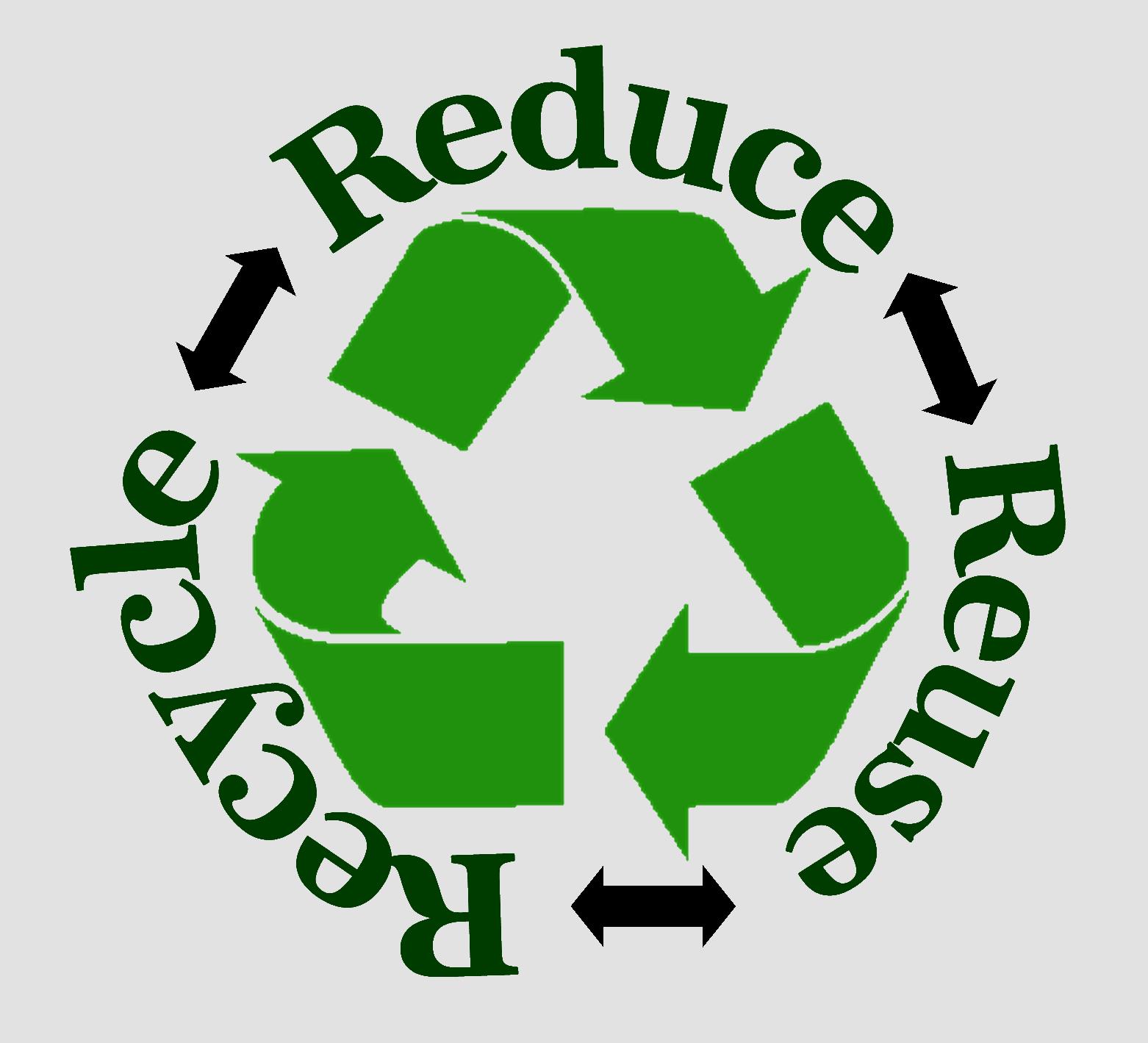Since the 1980s sustainability has been used more in the sense of human sustainability on planet Earth. The 1987 Brundtland Commission of the United Nations defined sustainability as a part of the concept sustainable development; “sustainable development is development that meets the needs of the present without compromising the ability of future generations to meet their own needs.” In 2003 the definition of sustainable development was refined as “the need to ensure a better quality of life for all, now and into the future, in a just and equitable manner, whilst living within the limits of supporting ecosystems”. This new form of sustainable development prioritizes justice and equity, while maintaining the importance of the environment and the global life support system. Today, “sustainability” is a buzz word throughout our society with many different interpretations and definitions but the common goal is protecting our planet and way of life for future generations.
more in the sense of human sustainability on planet Earth. The 1987 Brundtland Commission of the United Nations defined sustainability as a part of the concept sustainable development; “sustainable development is development that meets the needs of the present without compromising the ability of future generations to meet their own needs.” In 2003 the definition of sustainable development was refined as “the need to ensure a better quality of life for all, now and into the future, in a just and equitable manner, whilst living within the limits of supporting ecosystems”. This new form of sustainable development prioritizes justice and equity, while maintaining the importance of the environment and the global life support system. Today, “sustainability” is a buzz word throughout our society with many different interpretations and definitions but the common goal is protecting our planet and way of life for future generations.
First in Recycling
The asphalt industry has been initiating research and field practices to enhance the viability of asphalt as an environmentally sound building material since the 1970’s. To date, the monumental accomplishment of this initiative lies in recycling. Asphalt is the most recycled material in America and the World.
 Asphalt pavement is unique not only in the volume recycled, but also its renewability. It is comprised of approximately 95 percent aggregates (stone, sand and gravel) and about 5 percent asphalt cement. When asphalt pavement is reused in a new asphalt mix, the old asphalt cement is rejuvenated so that it becomes an active part of the glue that holds the new pavement together, just like the old aggregate becomes part of the aggregate content of the new mix. These singular properties make asphalt a uniquely renewable pavement.
Asphalt pavement is unique not only in the volume recycled, but also its renewability. It is comprised of approximately 95 percent aggregates (stone, sand and gravel) and about 5 percent asphalt cement. When asphalt pavement is reused in a new asphalt mix, the old asphalt cement is rejuvenated so that it becomes an active part of the glue that holds the new pavement together, just like the old aggregate becomes part of the aggregate content of the new mix. These singular properties make asphalt a uniquely renewable pavement.
And that’s Just the Beginning!
Learn how the Asphalt Paving Industry is reducing emissions, building pavements that never wear out, expanding the use of recycled materials beyond just asphalt, reducing pavement noise pollution, and more.
- Asphalt Is Sustainable
- Pavements the never Wear Out
- Recycled Asphalt Mixes
- Recycling Shingles in Asphalt
- Scrap Tires in Asphalt
- Porous Asphalt Pavements
- Pavement Recycling
- Quiet Pavements
The future is a bright green for asphalt. Development of new technologies and advancing existing ones are reducing the overall carbon foot print of asphalt pavements.